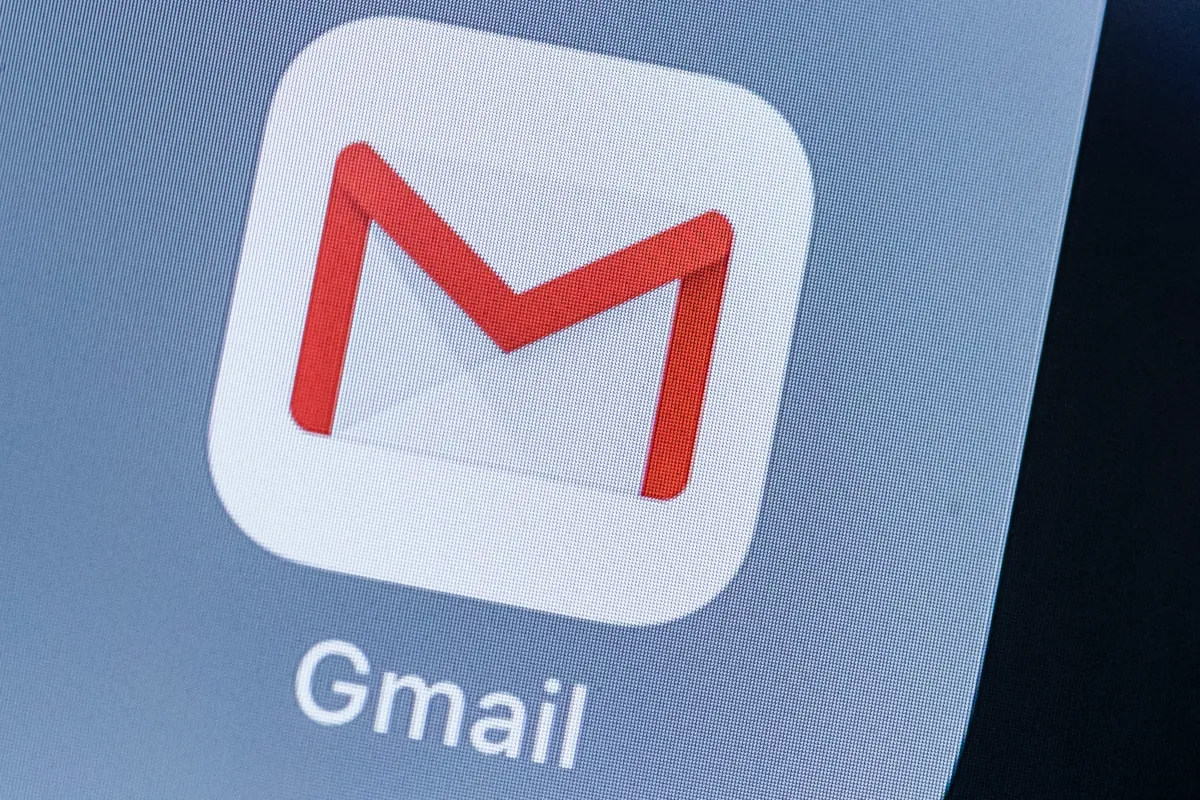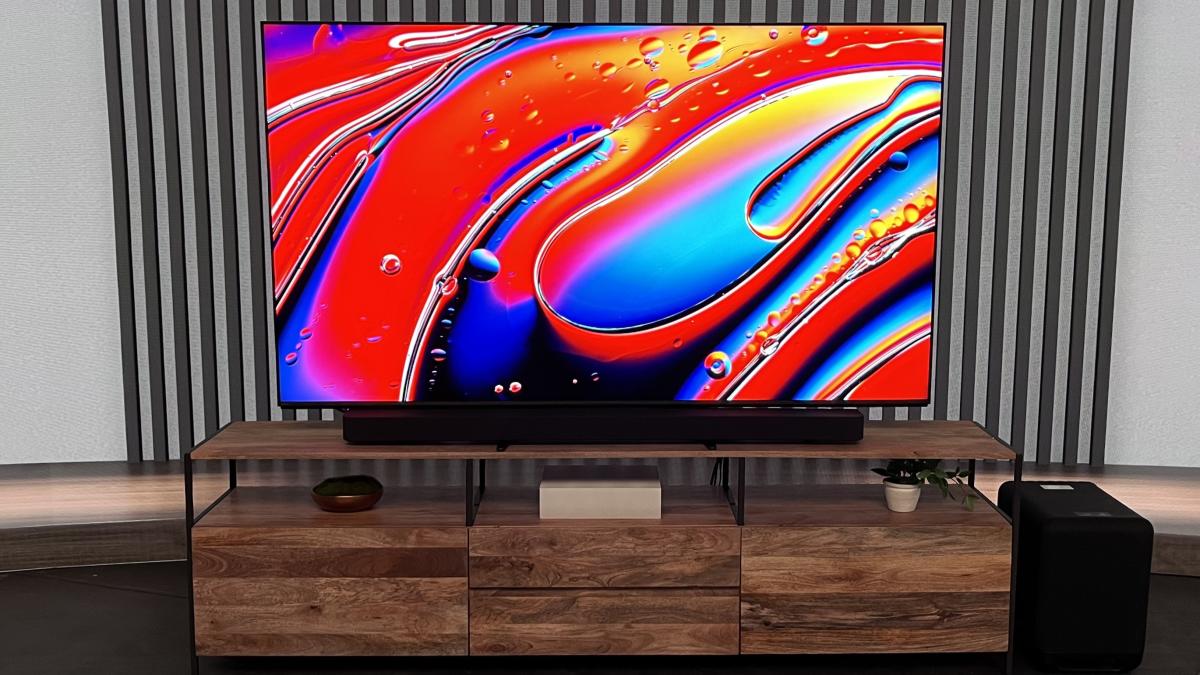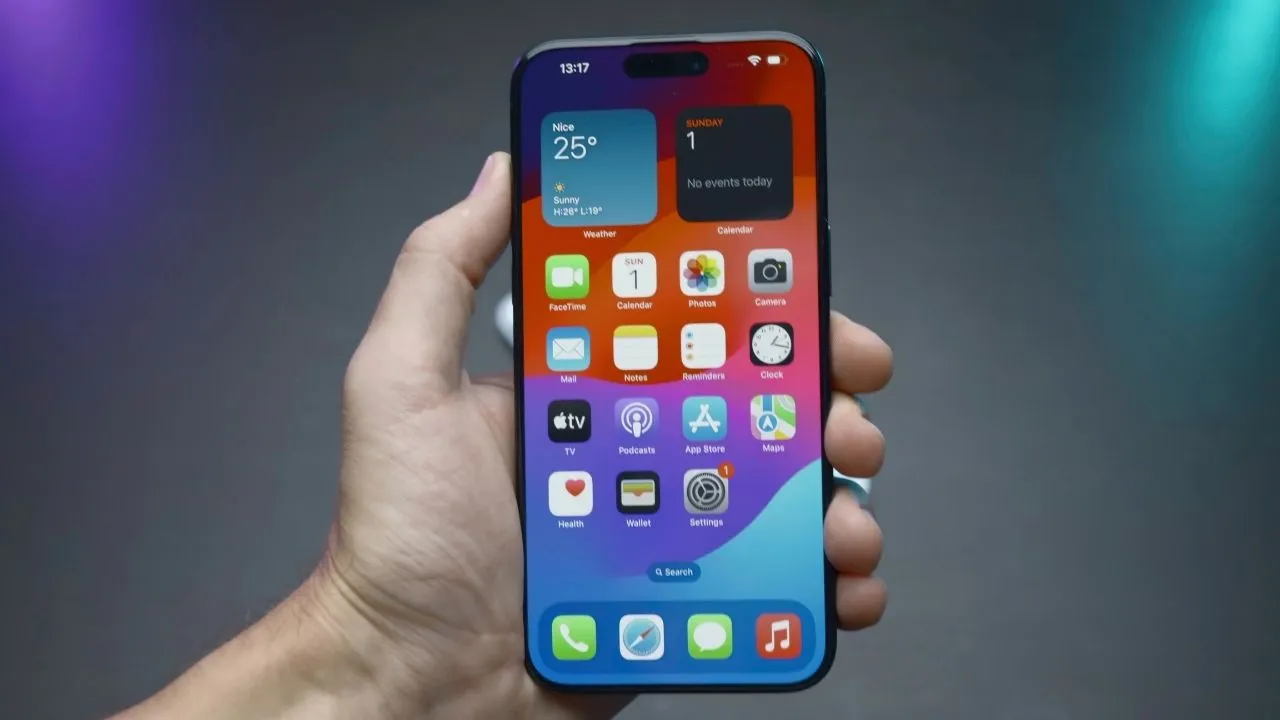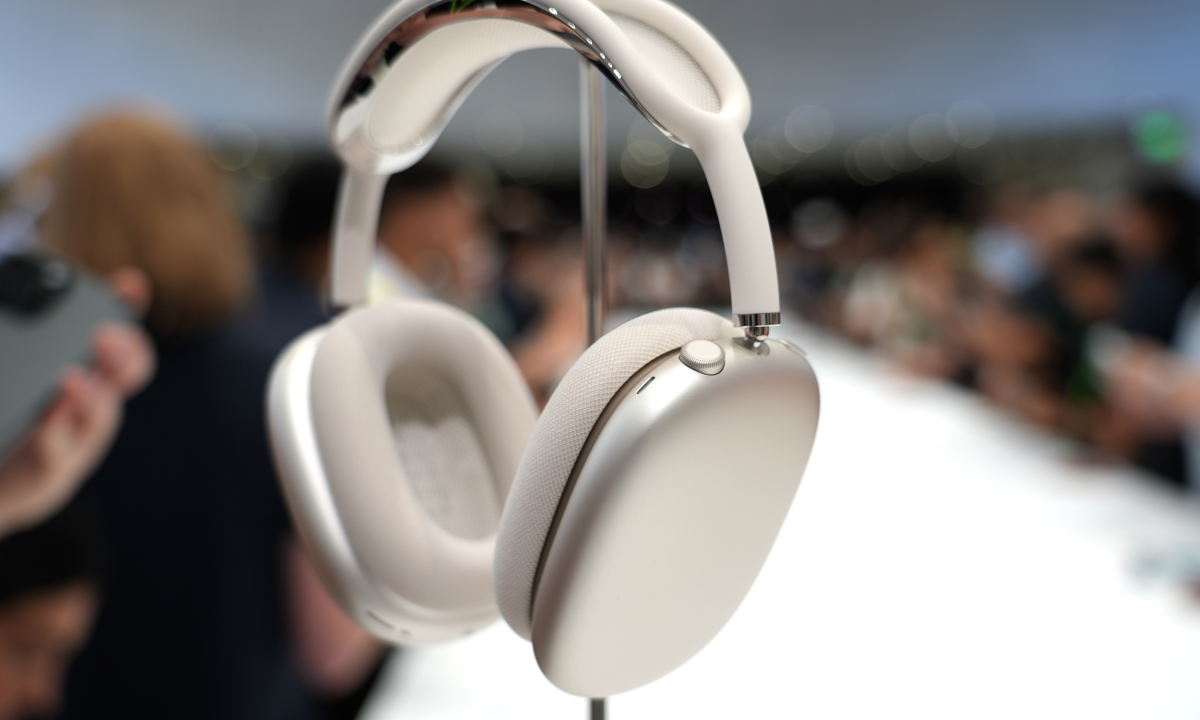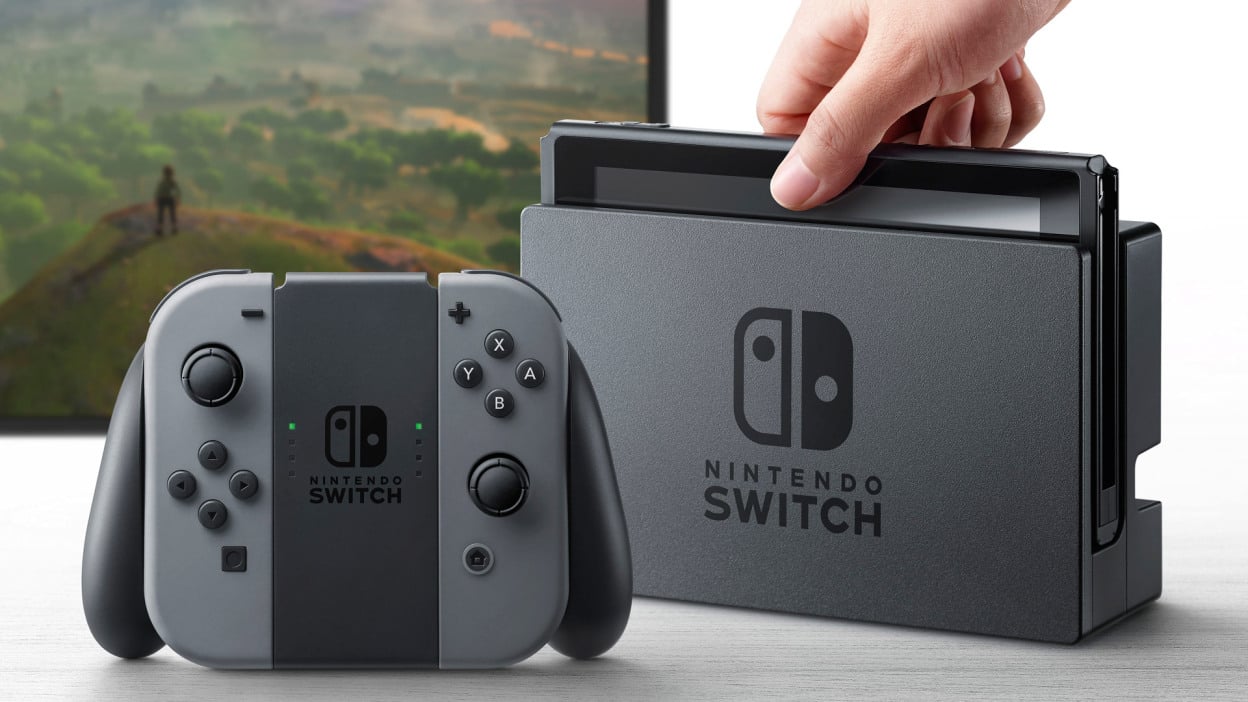For years, Windows on Arm (WoA) has faced challenges, including limited app compatibility and performance issues. However, recent developments, particularly the arrival of native Chrome support from Google, suggest a potential turning point for the platform.
Key Highlights:
- Google’s native Chrome for Windows on Arm released in Canary and Dev channels, expected soon in stable release.
- Improved performance and battery life anticipated for Arm-based Windows devices.
- Wider app compatibility and developer support seen as crucial for long-term success.
- Potential to challenge Apple Silicon Macs in terms of performance and battery efficiency.

Google Chrome Goes Native on Windows on Arm
In late January 2024, Google released a native version of Chrome for Windows on Arm in the Canary and Dev channels. This marks a significant step forward, as Chrome is the most popular web browser globally and its performance directly impacts the user experience on WoA devices. Previously, Chrome relied on emulation on WoA, leading to performance limitations. Early reports suggest that the native Chrome offers improved performance and battery life on Arm-based Windows devices.
What Does This Mean for Windows on Arm?
The arrival of native Chrome is a major boost for WoA in several ways:
- Improved user experience: Chrome is a critical application for many users, and its native support promises smoother browsing and better resource utilization.
- Performance gains: Early benchmarks indicate significant performance improvements compared to the emulated version, especially in areas like JavaScript execution and graphics rendering.
- Enhanced battery life: Native apps are generally more energy-efficient, and Chrome’s native version is expected to contribute to longer battery life on WoA devices.
- Potential for wider adoption: A more performant and user-friendly Chrome experience could attract more users to WoA devices, leading to a larger user base and potential ecosystem growth.
Challenges Remain: App Compatibility and Developer Support
Despite the positive developments, WoA still faces challenges. App compatibility remains a concern, with many popular Windows applications lacking native Arm versions. While emulation helps, it can lead to performance issues and limited functionality. Encouraging developers to create native Arm versions or optimize existing apps for WoA is crucial for long-term success.
Beyond Chrome: Native App Momentum Grows
Chrome isn’t alone. Other major players are joining the native app bandwagon. Microsoft itself has committed to native versions of its core apps like Edge, Office, and Teams. Adobe is testing native Photoshop on WoA, suggesting further creative software support. These developments address a crucial pain point for users and developers, paving the way for a more seamless experience.
Can WoA Challenge Apple Silicon Macs?
The performance gains and battery efficiency improvements offered by Chrome and other native apps on WoA make it a more compelling alternative to Apple Silicon Macs. If app compatibility issues are addressed and developer support continues to grow, WoA could become a serious contender in the high-performance laptop market.
The arrival of native Chrome on Windows on Arm is a significant step forward, but it’s not the end of the journey. Addressing app compatibility and attracting wider developer support are key to unlocking WoA’s full potential. If these challenges are met, WoA could become a strong competitor in the PC market, offering a compelling combination of performance, battery life, and portability.


